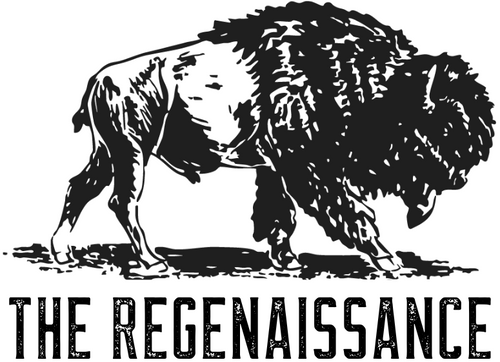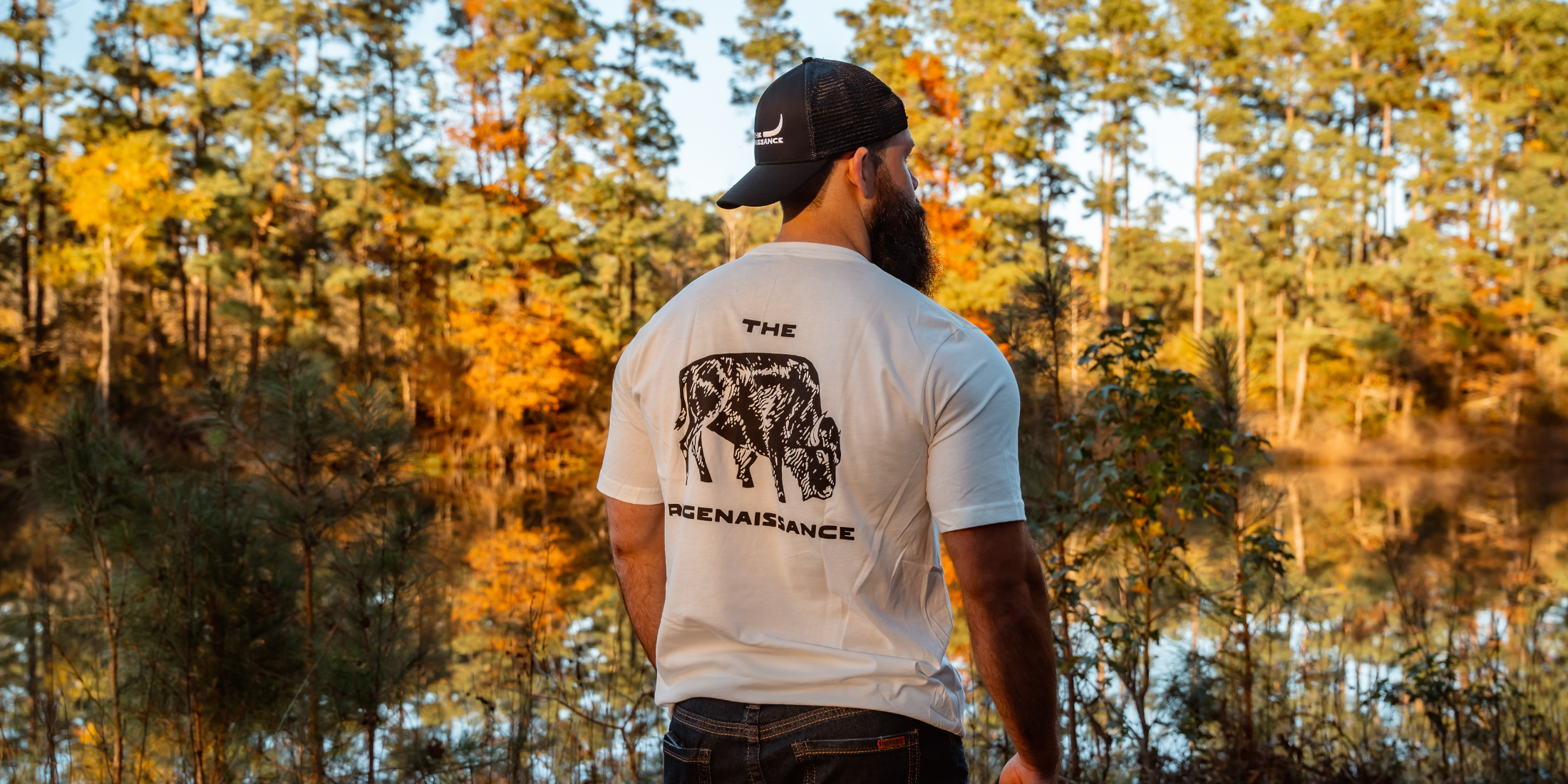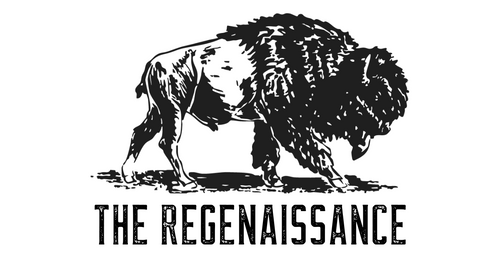Soil, What Makes the World Go Round


What Is Soil?
Soil is one of the most important things on Earth that supports life. And before giving examples of how conventional farming has destroyed our soil and the detrimental consequences, I’ll explain what it is.
Soil is composed of:
Minerals (sand, silt, clay, rocks, pebbles)
Organic matter (decomposed plant & animal materials, cells & tissues from soil microbes)
Micro-organisms (bacteria, fungi, protozoa, nematodes, arthropods)
Water
Air


What does a plant need in order to thrive?
Elements found in the MINERALS you see in dirt (sand, silt, clay, rocks, pebbles)
17 essential nutrients are:
Hydrogen, oxygen, carbon, nitrogen, phosphorus, potassium, calcium, magnesium, sulfur, chloride, iron, boron, manganese, zinc, copper, molybdenum and nickel.

Organic Matter
What stores carbon in the soil as a source of energy
There are 3 types:
Active - plant & animal residue that breaks down in weeks - few years
Slow - partially broken down cells/tissues, years-decades
Passive - aka Humus, 100's-1000's of years of plant/animal decay

This is why tillage, spraying insecticides/herbicides/pesticides destroy the soil, it kills the microbiology. If there is an imbalance, the whole system falls like the Roman Empire.

Photosynthesis
So how does it all work?
Let's say a tomato plant needs calcium. Plants can't feed themselves, so they have to rely on others such as bacteria & fungi How do plants attract them? From plant root exudates, which are created by photosynthesis. Plants get oxygen & sugars but they do not need all the sugars.
So, plants use sugars to attract bacteria & fungi which are crucial for plants to obtain their nutrients. They 'donate' the sugars into the soil microbiology.

What do you add when making kombucha? Sugar feeds the bacteria to start the fermentation process. It's like baking cookies & cake. Plants send specific desserts in order to attract certain fungi/bacteria carrying minerals the plant needs

Back to the tomato example. The plant will use plant root exudates to attract microbiology that has bioaccumulated calcium. The tomato plant attracts bacteria carrying calcium and will make a friendly trade, the sugars for calcium. This is happening at the roots of the plant. The bacteria have acids that melt and break apart pebbles, clay, etc and extract the minerals to absorb in their bodies.
So when the tomato plant successfully attracts the bacteria, it gets the calcium from bacteria excrements or when they die (bacteria are short-lived)
As the bacteria population grows, it attracts its predators - protozoa. As the protozoa population grows, here come nematodes & microarthropods. These arthropods are a semi-truck carrying around a symbiotic relationship with the smaller organisms. All of the microorganisms I have mentioned, we bioaccumulate. It goes into the food we eat, consuming & inoculating our bodies with microbiology. This is why you hear about gut microbiome all the time, pre and probiotics, etc (39 trillion microbial cells in our gut).

6 Layers of Soil
O - made up of organic matter or humus, decomposed plant/animal matter
A - topsoil that is made up of minerals, usually 2-8” below the ground
E - eluviated soil or layer that has gathered minerals from other layers by water movement
B - subsoil, materials & minerals leached from the two horizons above it
C - created from Earth's deposits such as glaciers moving or lake sediment
R - bedrock such as limestone, quartzite, granite, sandstone
Topsoil is crucial for growing our food as it’s where nutrients are delivered to plants, where water is soaked up, where sunlight helps plants grow, and where microbiology interacts with the plants. When we destroy the topsoil, something like the Dust Bowl may occur.

Dust Bowl

By the end of 1783, the US covered 512 million acres of land. By 1860, they had acquired an additional 1.4 billion acres. Congress was trying to figure out what to do with the land from an economic standpoint. A series of acts were passed that inevitably lead to the Dust Bowl.
Homestead Act of 1862 - any adult citizen that didn’t rebel against the government could be granted 160 acres of land if they agree to use it for farming. By 1890, the government had granted 48 million acres of undeveloped land to 373,000 homesteads.
Kinkaid Act of 1904 - amendment to the Homestead Act of 1862 which allowed citizens up to 640 acres. This only applied to 37 counties in northwest Nebraska. When the bill passed, the government granted an additional 10 million acres.
Enlarged Homestead Act of 1909 - amendment to the Homestead Act of 1862 that doubled to size to 320 acres, enticing more settlers to head west and start a new life homesteading.
New Farmers Incoming
A massive influx of new farmers wasn’t a bad thing per se but the methods used to get their crops were the issue. The Great Plains saw more than usual rainfall in the 1860s & 70s. This led to a general belief also known as “Rain follows the plow” where homesteading played a part in affecting the climate, thus causing more rainfall. Farmers So, they thought the more settlers going out west = more humidity & rainfall. This theory was later debunked from faulty evidence but came with detrimental consequences.
From 1890 to 1930, the population in the Great Plants increased from 2.9 to 6.3 million settlers. The majority of the folks that moved to the Great Plains were inexperienced farmers, using detrimental cultivation techniques and had no understanding of ecology. Mechanized machinery, using a one-way disc plow was beginning to grow in popularity, for efficiency's sake. This decision increased the risk of destroying the soil.

WW1
World War I caused an increasing demand for wheat to be sent to Europe. Post WWI, a recession brought new mechanized farming techniques in hopes to increase profits. When the Great Depression hit in 1929, wheat prices tanked. To stay afloat, farmers borrowed more money to buy more farmland (much of which was poor farmland) and machinery.
Dirty Thirties
Four large droughts (1930-31, 34, 36, and 1939-40) happened throughout America. With the droughts, eroding soil began to blow away causing over 50 dust storms or "Black Blizzards". People began to develop "dust pneumonia" which killed 7,000 Americans. By 1934, roughly 35 million acres of farmland became useless with an additional 125 million acres quickly following suit.



Okie Migration
Then one of the largest migrations in US history happened - Okie Migration (Inspired John Steinbeck's Grapes of Wrath).
Nearly 2.5 million people left the Dust Bowl states in the 30s and fled to California in search of a new life. Tensions grew between California and migrants. So, FDR tried to help alleviate the pressure with his New Deal.

FDR New Deal
FDR made several moves under the New Deal:
Taylor Grazing Act of 1934 - gov reserved 140 million acres as protected federal land
Civil Conservation Corps- 3 million men (Roosevelt's "Forest Army") volunteered to plant trees & built reservoirs to prevent more soil erosion
Works Progress Administration - employed 8.5 million people to build bridges, public parks, roads, airports, and buildings. And most importantly the Soil
Conservation Service - paid farmers to use better soil management & farming practices
The economic impact was massive From 1930-1940, the Dust Bowl caused an economic loss of $2.7 billion ($30 billion in 2007 dollars). By 1937, nearly 21% of rural families in the Great Plains were receiving federal emergency relief funds. Regular rainfall returned in 1939-41, which helped alleviate the Dust Bowl but the economic impact lasted well into the 50's.
Today's Soil Climate
We seemed to have not learned our lesson from the Dust Bowl.
What do you see when driving throughout the Midwest? Corn as far as your eyes can see.
How do most farmers there cultivate their crops? In the same way farmers did before the Dust Bowl, by using heavy machinery to till the land. Additionally, monocropping and spraying fields with herbicides, pesticides, insecticides, and fungicides, all play a massive role in killing the microbiology in the soil.
This is why Regenerative Agriculture, Permaculture, and the like are vital for our future. We must bring life back into the soil, and cut out practices that continually destroy the land (monocropping, tilling, spraying chemicals). Our future literally depends on it.

There Is Hope!
I want to end this article on a positive note. Here is an amazing talk by Gabe Brown on how implementing regenerative agriculture practices helped increase organic matter in his soil and the amazing results he has had because of it. This is what The Regenaissance is all about.
Cheers,
Ryan
0 comments



